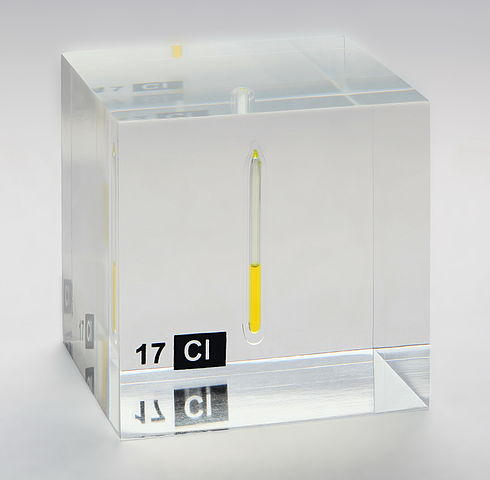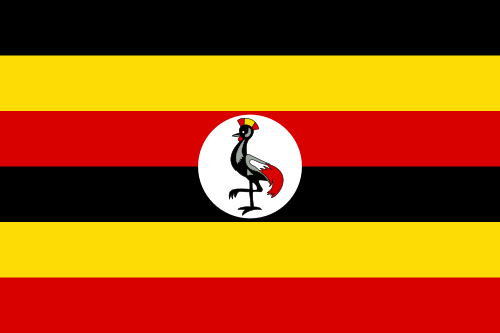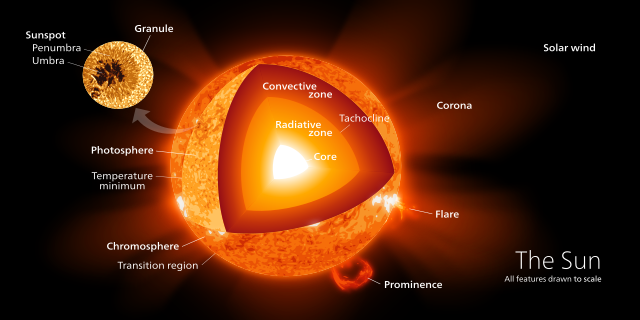We just learned about the metal element called Aluminum
Another important element is Sodium.
The salt that we put in our food is sometimes called sodium.
Sodium is one of the main chemical elements, the building blocks that make up our world.
It is on the Periodic Table under the name "Cl".
But the salt we eat is actually sodium mixed up with chlorine.
Sodium by itself is a solid shiny metal.

(from: wikipedia - sodium)
And chlorine by itself is a yellow gas.

(from: wikipedia - chlorine)
When they are combined together, they make sodium chloride the salt we eat.

(from: wikipedia - sodium chloride)
Kid Facts - Blast from the past: Periodic Table









